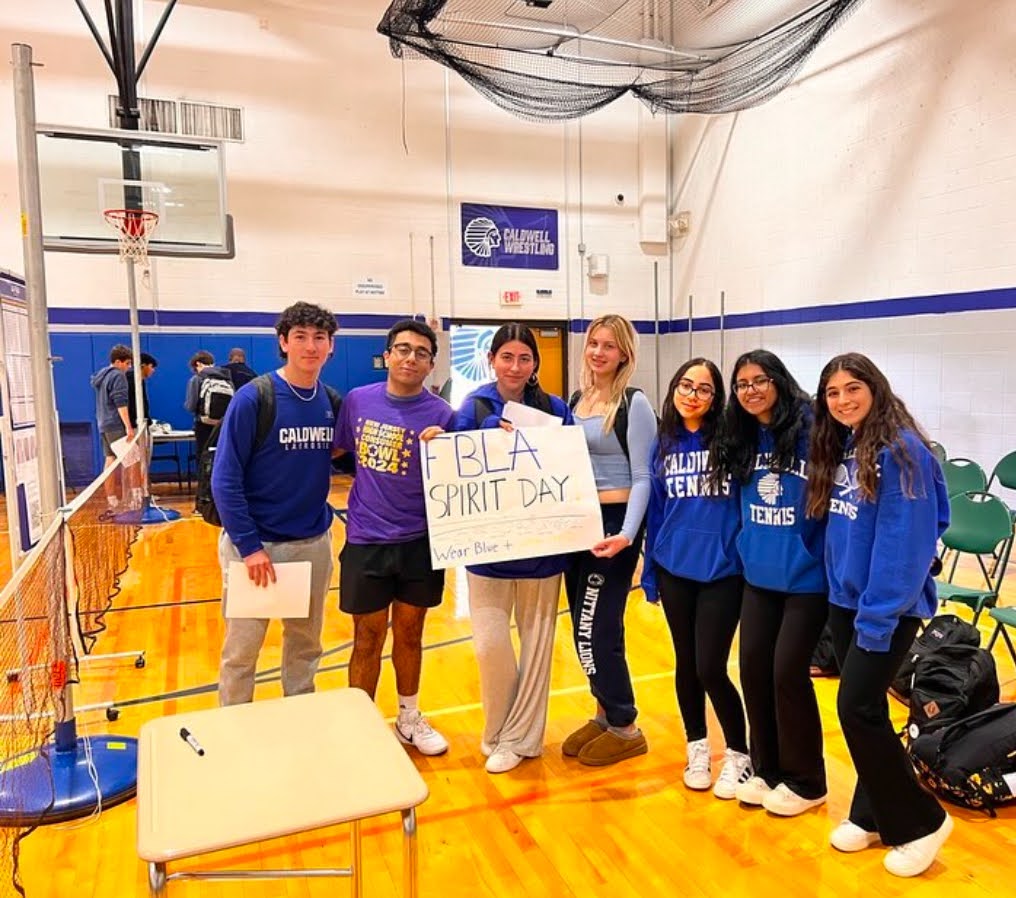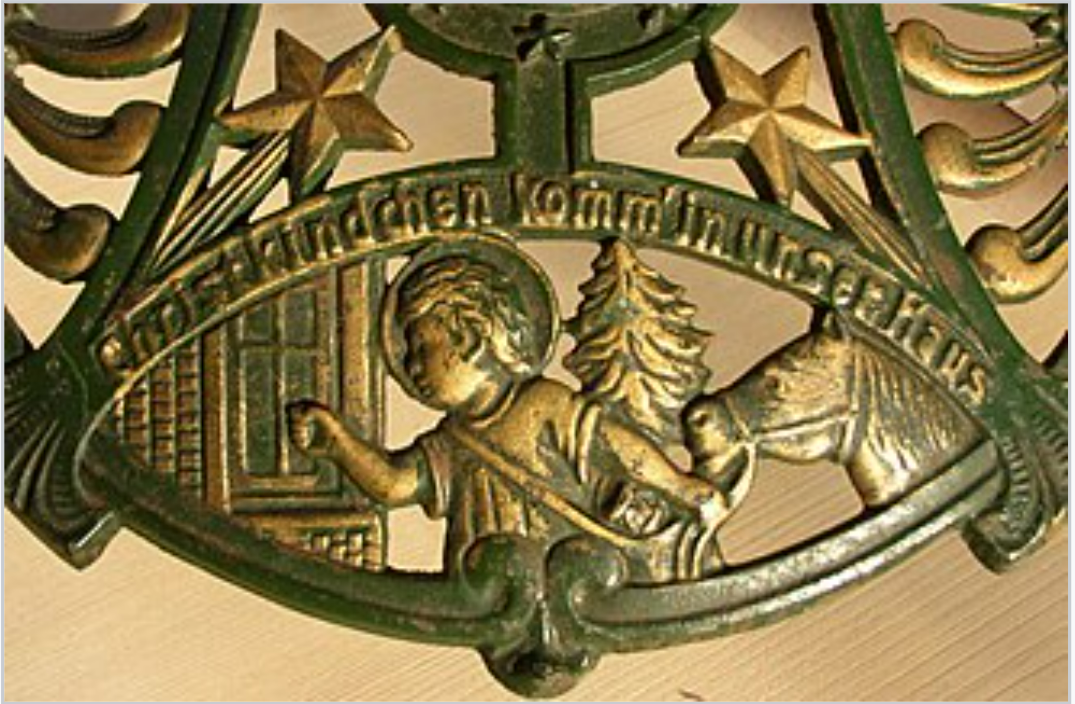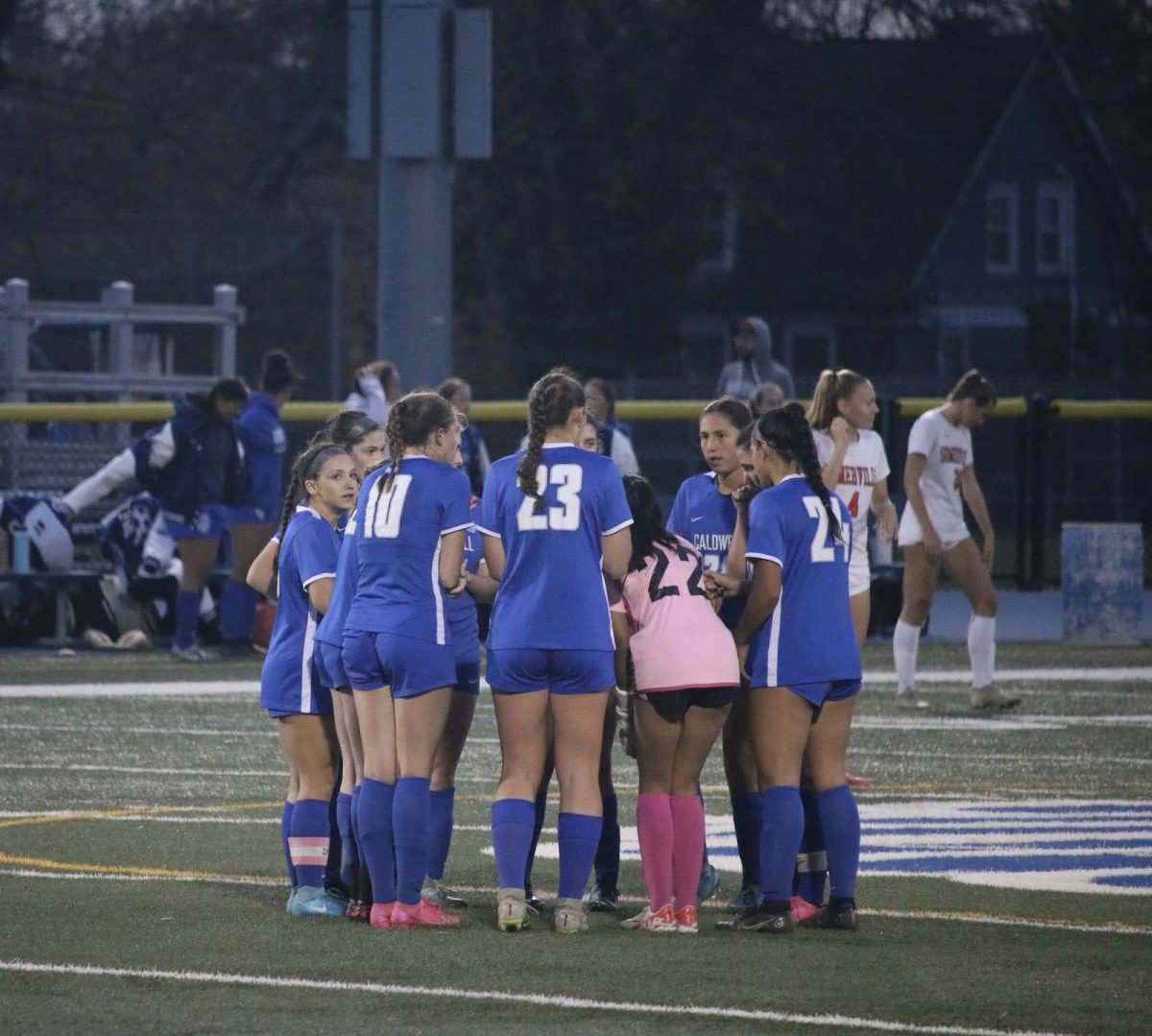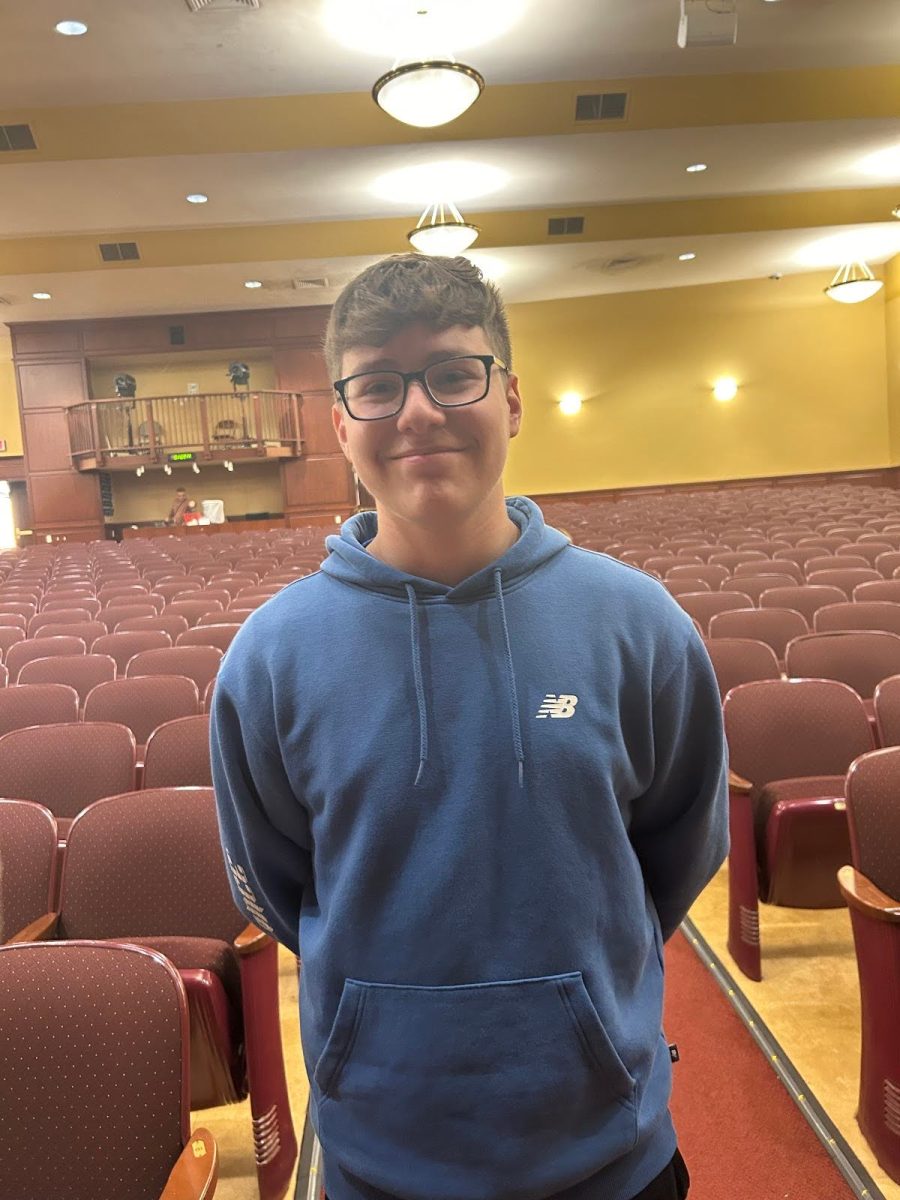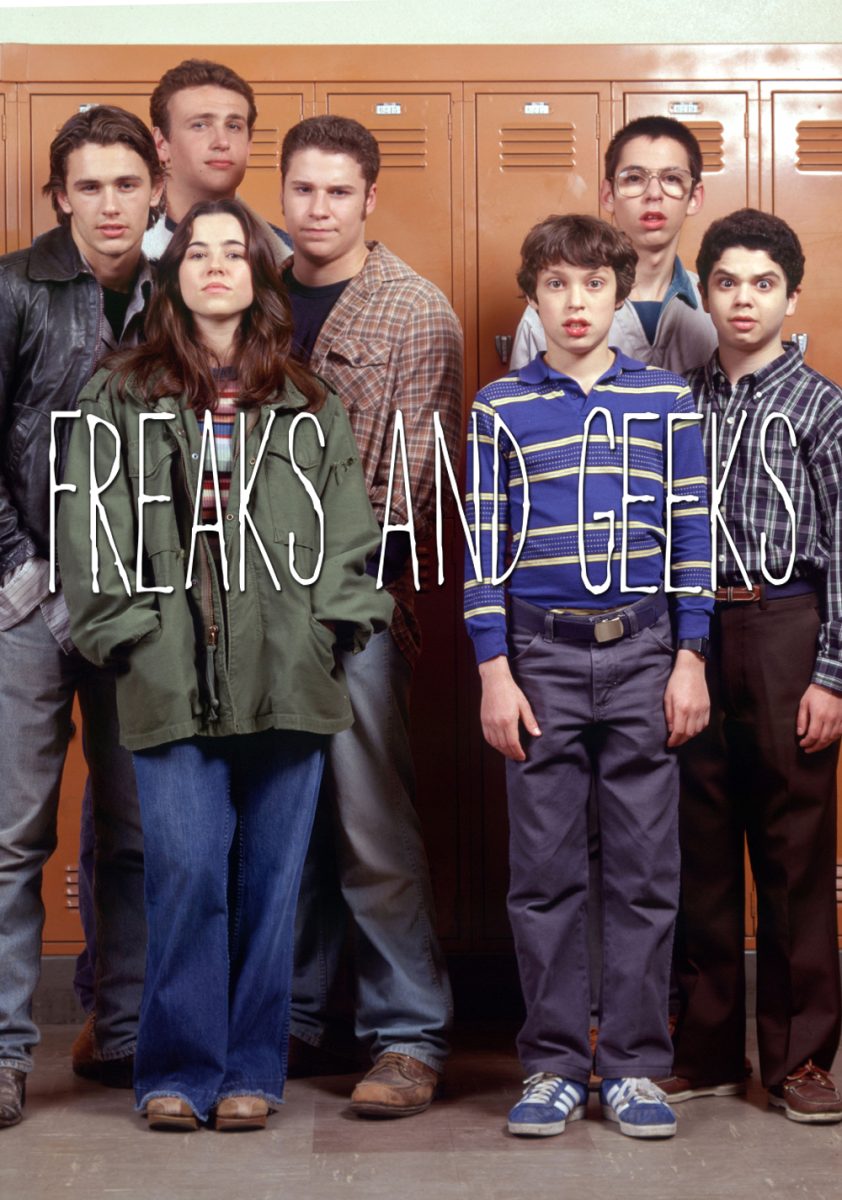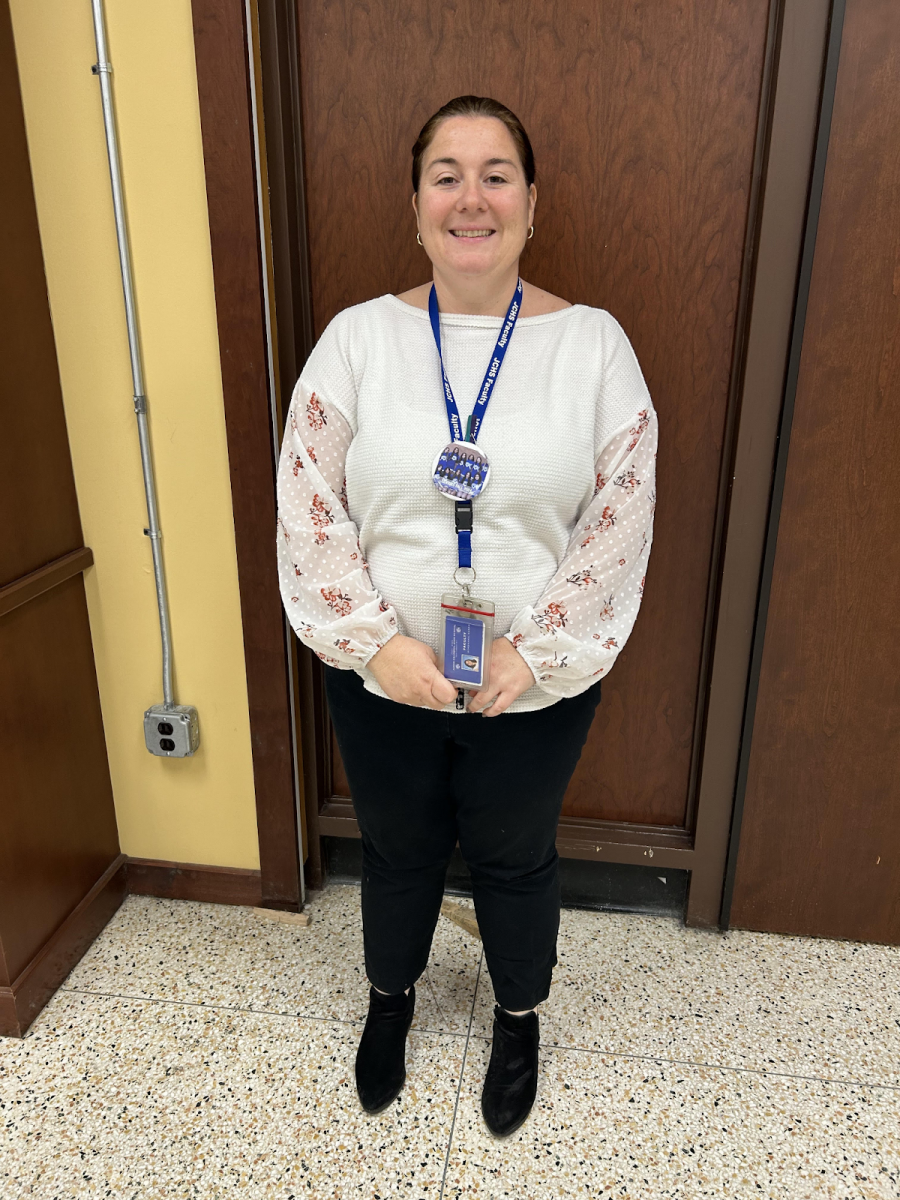The arts of James Caldwell High School have advanced and developed significantly through the pandemic. The Fine Arts Department at James Caldwell High School include Ceramics, Drawing and Painting, Graphic Arts, and Digital Photography and are taught by Ms Ackerman, Ms. Amacher, Ms Petruziello, and Mr. Pennetta. Through COVID-19, the art teachers struggled with not being able to give materials out to students and conveying ideas and skills to students especially when their motivation was lacking. It was difficult for all teachers to find a way to create the classroom environment for students while they attended remote learning. Students had to come to the school to retrieve materials and try to understand the concepts through video tutorials. Now that we are back in school, the Art wing is a hub of activity and learning.

The teachers have all picked up different teaching styles throughout the quarantine and still use these methods up until this day. Ceramics teacher Ms.Ackerman sheds light on her experience saying, “My special and difficult circumstances with my wrist and back surgery made it difficult for me to continue teaching. It expanded my horizons and I still use methods of utilizing my own demo videos to teach the class. Every child in my class learns differently and these videos provide reassurance to students that they are doing it correctly and make it easier for them.” Ms. Ackerman also reveals that she now has two advanced ceramics classes which is an extreme accomplishment. Expanding the world of ceramics for students who want to take more than one full year course has been so successful. The classes of students have filled up and now she currently has 20 students in each class. When these classes began they grew slowly but, once students found love for ceramics they wanted to continue their studies and work which was luckily now available for the students.


Other arts classes as well Digital Photography have also seen some massive advancements. Over the quarantine Digital Photography also struggled due to the class relying on materials from the school to follow the outline of the year. The students lacked access to school Macbooks to access photoshop to edit photos to the full capacity and cameras to take professional photos that are worth being edited. The two digital photography teachers, Mr. Pennetta and Ms. Amacher, had struggles as well. Mr. Pennetta says, “That the biggest challenge for me was materials and trying to figure out ways to cover various mediums within the curriculum while students were at home. They did not have access to a camera or photoshop and made us use web based photo editors and the usage of cell phones which do not have nearly as much definition and mimic the idea of the camera.”

While speaking with Mr. Pennetta, he told me that although the experience was difficult he discussed how it was a learning experience. He said that he brought forth some of the new teaching techniques from the quarantine experience. He says that Google classroom was never as prominent as it became for him. He says that it completely changed his grading style now he has students upload pictures through Google classroom. It also allows him to give feedback and private comments on students projects either to improve their work or to tell them they did a good job. These teachers have overcome the remote learning and came back making more advances in their system. Photography students can be seen in the halls taking pictures with professional cameras. One project has students taking pictures that they will then photoshop to give the effect that the subject is levitating or flying.
Ms. Amacher shared similar struggles as Mr. Pennetta with respect to remote teaching. There were significant limitations with the web-based programs the students had to use while learning at home. It was very hard to help students without being able to be hands on. However, Ms. Amacher notes that her students needed to feel connected during the isolation of remote learning as she recognizes, “Many of my classes became close during remote learning because we spent more time sharing our work and our home lives while being in Zoom class. The kids craved connection. I created bonds with some students that I may not have been able to in the classroom environment but I think it made students appreciate and miss being in school.” Now that she is back in the art wing, Ms. Amacher truly appreciates the face to face and hands-on nature of the classroom setting.


Ms. Petruziello, who teaches Ceramics, Draw Paint, and A.P. Art, has faced similar struggles to both Mr. Pennetta and Ms. Ackerman, especially with the distribution of materials to students. It was hard for students who could not find a way to make it to the school or students who had COVID-19. Restocking materials was one of her main problems in keeping up with the curriculum. Ms. Petruziello said, “Google classroom is essential to my teaching, not only do I use Google classroom for grading but I use it to have students post their updates on what they have completed.” She has used her experiences to further her teaching and get more involved with her students’ progression on their art projects. Painting and Drawing students now benefit from the in person environment where their teacher is present to provide immediate direction and feedback. Ms. Petruziello did want to acknowledge that Hannah Morgan received an Honorable Mention from the 2022 Scholastic Art and Writing awards for a drawing that she created in Draw/Paint 2 during remote learning.
These art teachers have all created new systems and developed their teaching methods throughout this process and deserve to be recognized for their perseverance and dedication to their students and fine arts.

